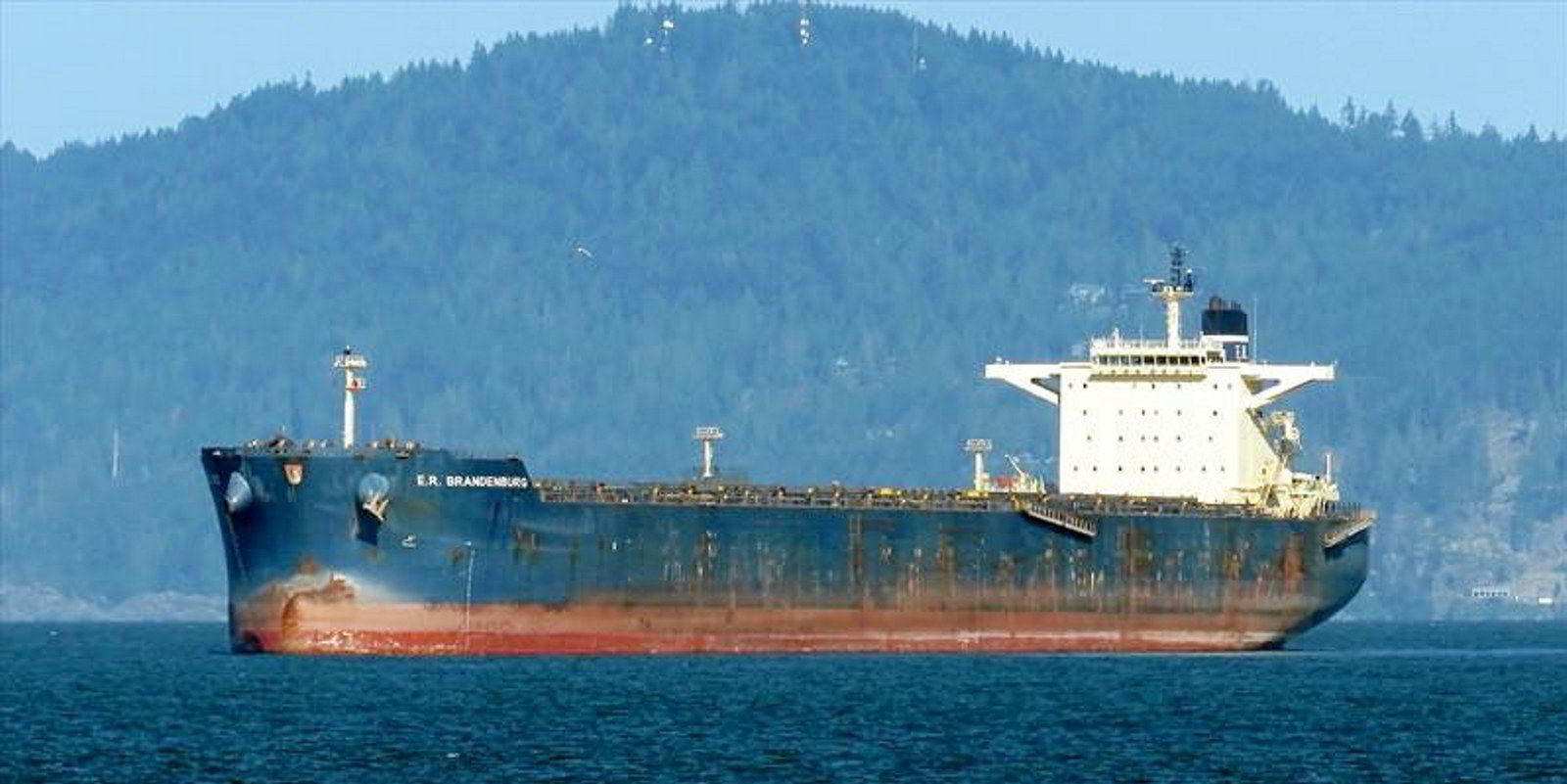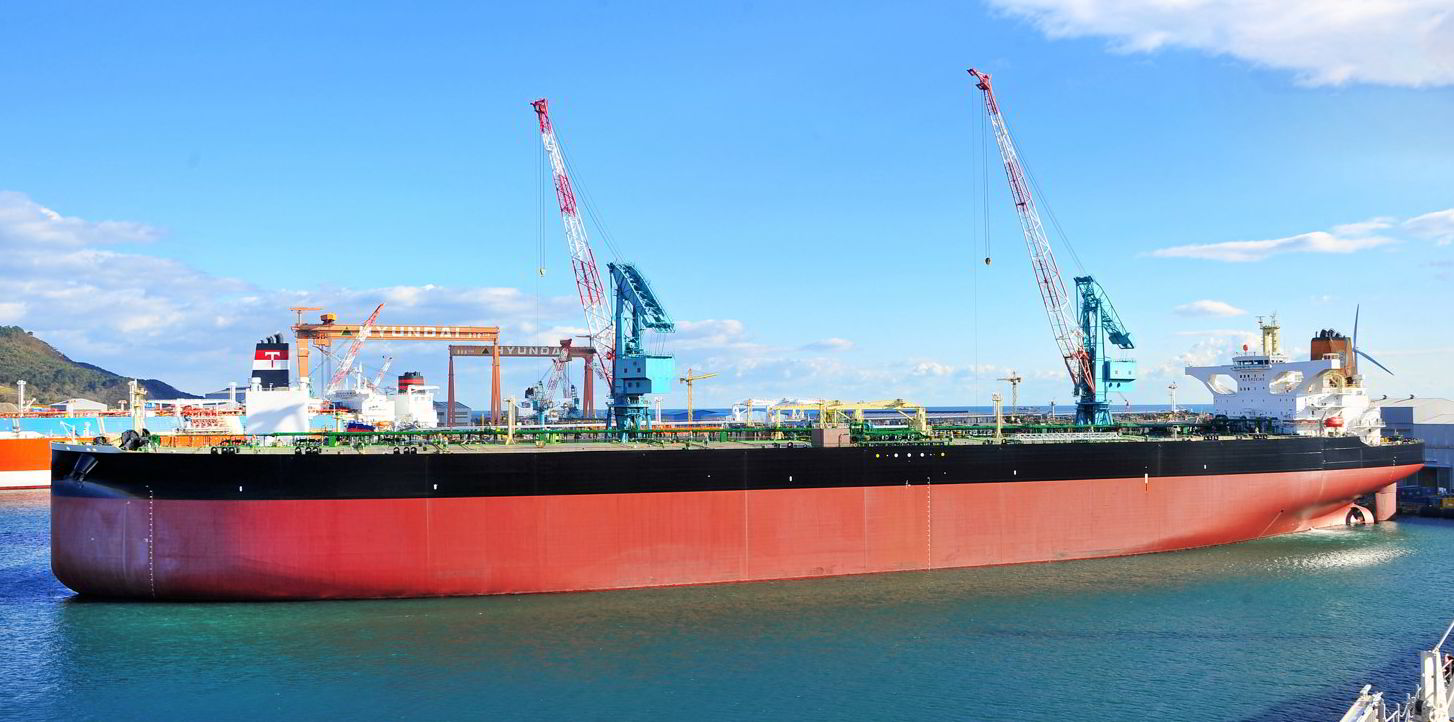The dry bulk market has been moving from strength to strength in 2021, after a prolonged period of stagnation.
Earlier this year, I questioned if this was going to be the year of smaller bulkers as the sector experienced the most impressive gains in time charter rates — more than doubling since the start of the year.
However in early May, one-year rates for capesizes were at their highest levels in seven years and the Baltic Capesize Index (BCI) hit levels not seen since 2010.
Does this imply that capesizes resumed their position as the star player, rather than experiencing a short-term spike?

One-year rates for ultramaxes have seen a year-to-date increase of 61% with the April average for 12 months at $18,500 per day, according to Alibra’s time charter estimates.
Meanwhile, capesize rates continue to rise albeit at a slower rate of 42%.
Soaring demand
But then earlier this month, the BCI soared thanks to strong demand on the Brazil to China and West Australia to China routes, and coupled with growing support that the dry bulk rally would continue, at least until the end of the second quarter, the time charter market followed suit and rates peaked at $28,000 per day, up 100% from the start of the year.
At the time of writing, dry bulk rates dipped slightly, but with iron ore prices at an all-time high, there is growing optimism that demand will remain strong and rates will pick up once again with the end of the Australian financial year approaching.
Iron ore exports traditionally peak at this time as the industry pushes out as many shipments of iron ore as possible before the end of the financial calendar.
Fundamentals
Looking at the market fundamentals behind this meteoric rise in the dry bulk market, iron ore demand has been strong this year supported by restocking of depleted inventories due to the pandemic.
Strong economic activity from China and the US announcing a huge stimulus package with a firmer iron ore consumption outlook than originally projected has fuelled sentiment, combined with economic recovery elsewhere as various countries begin to emerge from the pandemic.
First-quarter iron ore production from Brazilian miner Vale was 14.2% higher year-on-year and production guidance for 2021 remains at 315m tonnes to 335m tonnes, which is good news for the capesize sector.
However, Vale has a history of missing its guidance levels and with Covid-19 cases soaring in Brazil, it remains to be seen if the miner will be able to achieve production targets.
With iron ore prices sky high, there is plenty of motivation to move as much of the commodity as possible. In its latest quarterly report, Vale predicted the iron ore rally will continue into the second quarter of this year but then suggested that demand from China might be impacted by production cuts due to environmental restrictions.
China’s hunger for iron ore has been the main driver in the current market rally but environmental pressures could put pressure on its consumption.
China's green goals
Beijing had planned to reduce crude steel output in 2021 in an effort to meet green goals going forward, so at the moment the target seems unrealistic as steel production rose 15% year-on-year in the first quarter.
Improved profit margins from steel mills, rocketing iron ore prices and an optimistic outlook for steel demand saw China’s crude steel output hit record levels of 97.85m tonnes in April, according to the National Bureau of Statistics of China.
Opinion is mixed over whether we are indeed entering a commodity ‘super-cycle’, experiencing restocking of resources following a plunge in demand caused by pandemic-related lockdowns or if inflationary concerns are motivating investment in commodities as a means to hedge risk.
Despite the dip in rates over the last few days, it’s hard not to get excited about the prospects for dry bulk going forward, following a strong first quarter.
If the rates from April and early May are anything to go by, we are undoubtedly in for an exciting, if volatile, end to the second quarter for capesizes.
For now at least, capesizes are back in the driver's seat thanks to demand for iron ore going through the roof. Going forward to the rest of 2021 to 2022, booming commodity demand should ensure a firm market for dry bulk across all sectors.
Rebecca Galanopoulos Jones is head of Research at Alibra Shipping, a London-based shipbroker.
Do you have an opinion to share? Email: news@tradewindsnews.com






